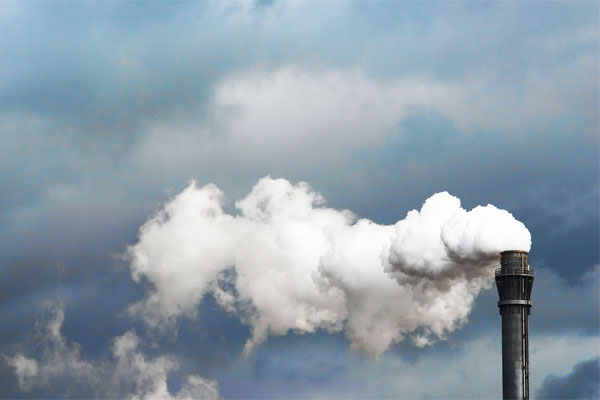Rules aimed at lowering carbon emissions are expected to accelerate in the coming years as countries scramble to meet obligations under the 2015 Paris climate agreement limiting global warming.
Any abrupt policy shifts risk severely disrupting current investment strategies, U.N.-backed Principles of Responsible Investing (PRI), a group representing investors with $86 trillion of assets under management, said in a report.
The report says tighter government climate regulations by 2025 could wipe up to $2.3 trillion off the value of some companies. The companies that would be affected are in industries ranging from fossil fuel producers to agriculture and carmakers.
PRI says that any abrupt policy shifts risk severely disrupting current investment strategies.
The organization’s forecast outlined several specific policies that would have the most financial impact on the biggest polluters.
They included bans on internal combustion engines, which PRI said would lead to a fall in fossil fuel demand, as well as an expected 93% of energy being supplied by low-carbon sources by 2050. Zero deforestation policies and a switch to ultra-low emission vehicles would also have a big impact on profitability and valuations, the report said.
Carbon pricing policies would add “crippling costs for higher emitters,” the report noted.
“As the realities of climate change catch up, social pressure mounts and low carbon solutions get cheaper, it’s highly improbable that governments will be allowed to let the world sleep-walk into greater rises in temperature without being compelled into forceful action sooner,” says PRI’s Fiona Reynolds.
Most exposed is the fossil fuel sector which could lose one-third of its current value, the report says.
The 100 highest-emitting companies in the index would lose market capitalization, while the 100 best-performing firms could see their value increase. This means coal firms could lose as much as 44% in value, while the world’s top oil and gas companies risk losing up to 31% of their current market share.



















Comments